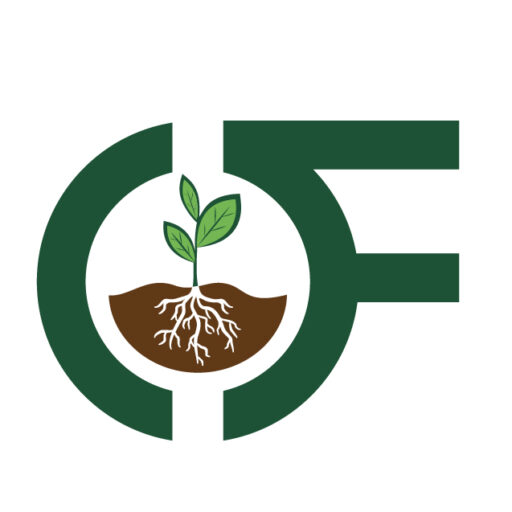How Hay Moisture Levels Affect Storage and Feeding Efficiency
Hay quality is a critical factor in livestock nutrition and farm management, and moisture content plays a key role in determining how well hay stores and feeds. Whether you’re feeding horses, cattle, or small pets, understanding how moisture levels affect hay storage and feeding efficiency can help prevent spoilage, reduce waste, and ensure optimal nutrition for your animals.

(Comfortable bedding on rustic hay bale bed.)
Why Moisture Levels Matter in Hay
Hay moisture content impacts both its shelf life and its nutritional quality. Ideally, hay should have a moisture content between 12% and 18% when baled. Moisture levels above this range increase the risk of mold, spoilage, and even spontaneous combustion in hay storage. On the other hand, hay that is too dry can become brittle, leading to excessive leaf shatter and nutrient loss.
The Risks of High Moisture in Hay
- Mold Growth and Mycotoxins
- High moisture levels create the perfect breeding ground for mold and fungi. Moldy hay can produce mycotoxins, which are harmful to livestock and can cause respiratory issues, digestive problems, and reduced feed intake.
- Spontaneous Combustion
- If hay is stored with a moisture content above 20%, microbial activity generates heat. When heat accumulates within tightly packed bales, it can reach ignition temperatures, resulting in barn fires.
- Reduced Nutritional Value
- Excess moisture causes nutrient leaching and fermentation, leading to a decline in protein, fiber, and vitamin content. Livestock consuming poorly preserved hay may require additional supplementation to meet their dietary needs.
The Downsides of Low Moisture Hay
While high moisture is a serious problem, hay that is too dry presents its own challenges:
- Increased Brittleness: Overly dry hay becomes brittle, leading to excessive leaf loss. Since the leaves contain most of the hay’s nutrients, this results in lower feed value.
- Reduced Palatability: Some livestock may find dry, brittle hay less appetizing, leading to increased waste and lower feed efficiency.
Testing and Monitoring Hay Moisture
To prevent moisture-related issues, regularly test hay moisture levels using:
- Hand Test: While not as precise, farmers often check moisture by breaking a hay stem. A crisp break typically indicates low moisture, while a soft bend suggests higher moisture.
- Hay Moisture Meters: These devices provide accurate readings by measuring the electrical conductivity in the hay.
- Oven Drying Method: This laboratory method determines moisture content by weighing hay samples before and after drying in an oven.
Best Practices for Controlling Hay Moisture
- Harvest at the Right Time
- Cut hay in dry weather and allow it to cure properly before baling.
- Ideal moisture levels for baling:
- Small square bales: 15-18%
- Large square bales: 12-16%
- Round bales: 12-15%
- Use Proper Storage Techniques
- Store hay in well-ventilated barns or sheds to prevent moisture buildup.
- Elevate bales off the ground using pallets or racks to prevent ground moisture absorption.
- Use hay tarps or plastic covers when storing outdoors to protect against rain and humidity.
- Improve Airflow
- Stack bales with adequate spacing to allow air circulation.
- Avoid stacking hay too high, as compacted bales trap heat and moisture.
- Consider Hay Preservatives
- Organic acids like propionic acid can be applied to hay before baling to inhibit mold growth and reduce heating issues.
Maximizing Feeding Efficiency
- Rotate Stock: Use older hay first to prevent spoilage.
- Feed on Clean, Dry Surfaces: This minimizes contamination and waste.
- Match Hay Type to Livestock Needs: High-performance animals require nutrient-dense hay, while maintenance animals can thrive on lower-quality hay.
Final Thoughts
Managing hay moisture levels is essential for preserving quality, preventing loss, and ensuring livestock receive the best nutrition possible. By implementing proper harvesting, storage, and monitoring techniques, farmers and pet owners can improve feed efficiency and reduce waste.

